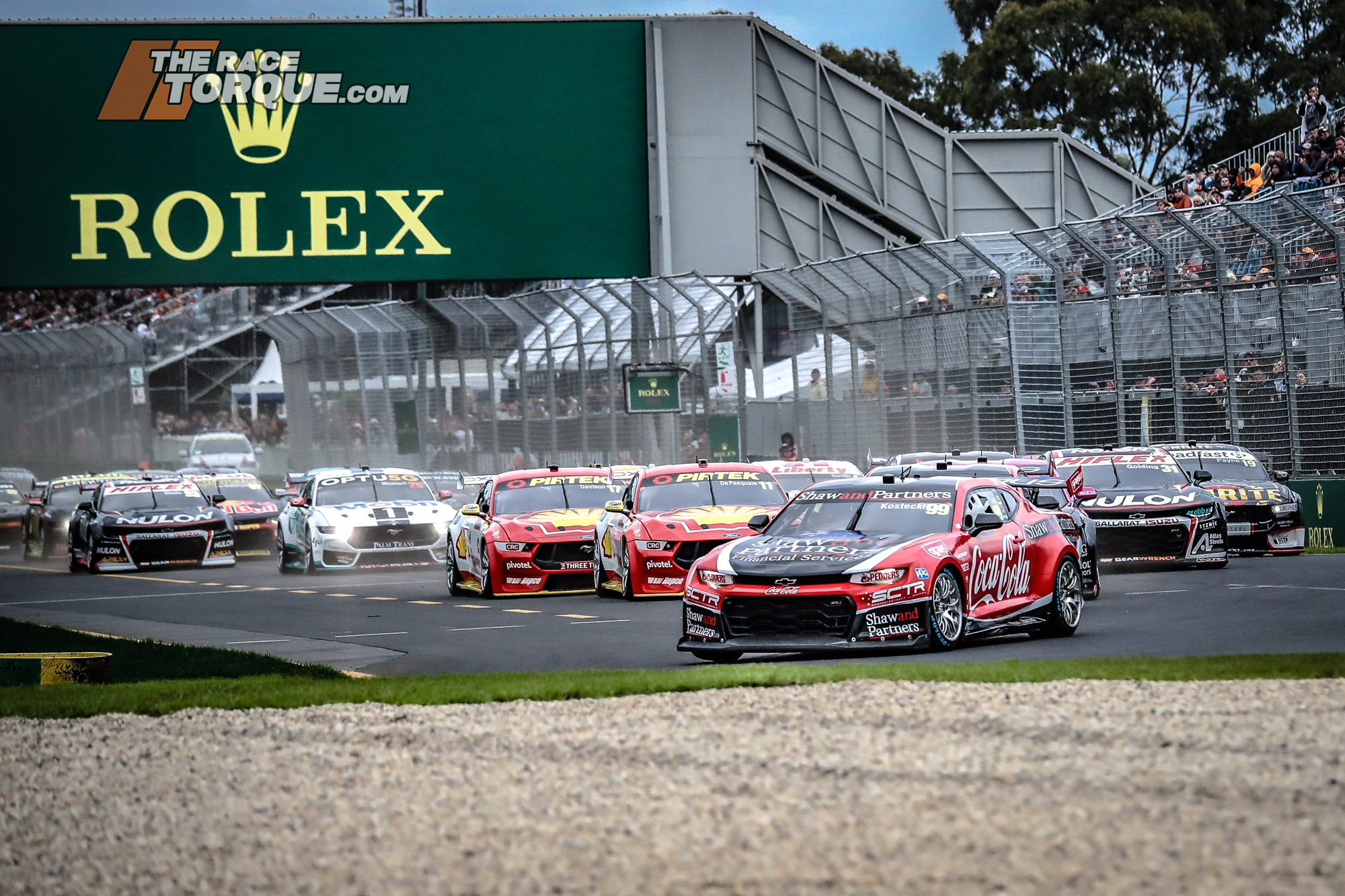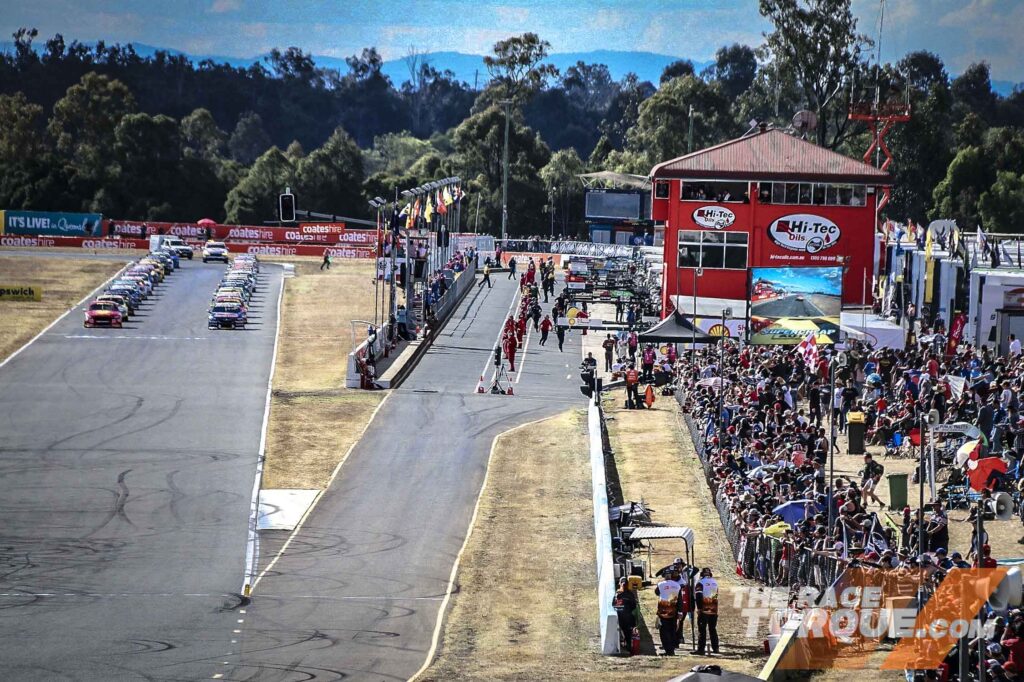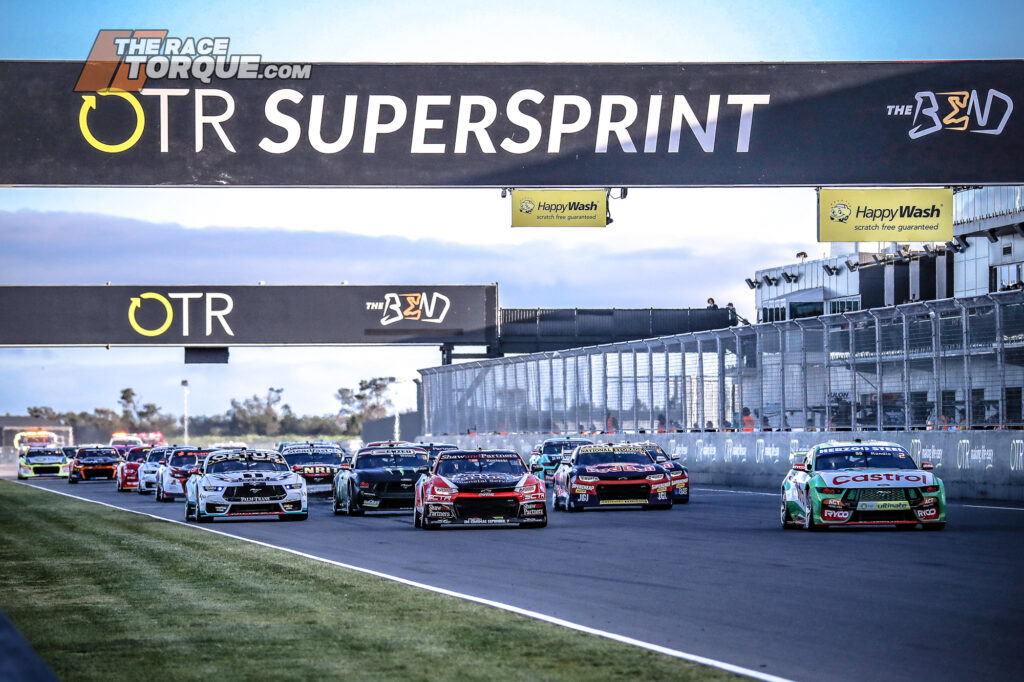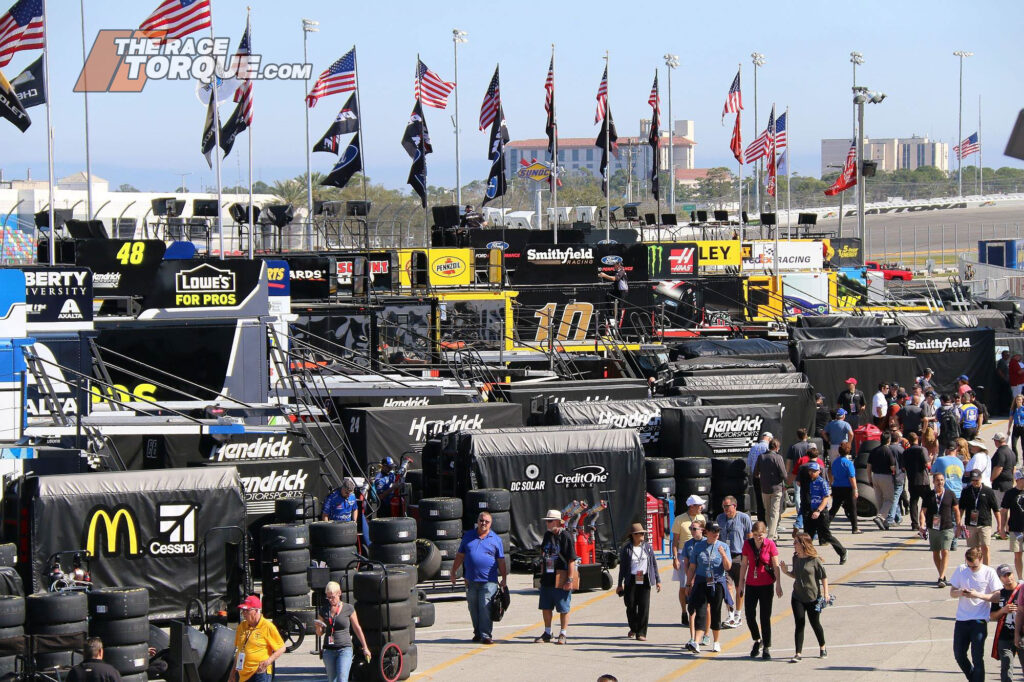Supercars and Growth: The Calendar Killer

We recently took a look at how the motorsport media in Australia operates, and how, with the growth of the internet, the news cycle has changed forever. Going deeper, a factor that significantly impacts the way the sport is covered is its calendar – and it is possible that Supercars has become its own worst enemy.
Having only 12 events in a season, it is difficult for the sport ever truly to break into the mainstream and maintain momentum.
Looking around the sporting world and the news cycle for various professional leagues, the focus is typically based on the constant rinse and repeat of weekly fixtures, with reviews quickly followed by previews of what is to come.
Domestically, the NRL season stretches out for 31 consecutive weeks, the AFL is 28, while the key Australian cricket season this year lasted nine weeks from mid-December through February, with the BBL’s full season condensed into 45 quick-fire matches.
Further afield, the NASCAR Cup Series dominates when it comes to enormous seasons – 39 races in total from the start of February through November, with a one-week break for the Superbowl and a two-week break this year for the Olympics at the end of July.
Formula 1 in 2024 has a record 24-race schedule, while Indycar has 18 events between the middle of March and the middle of September.
This consistency of events ensures that these sports can stay front of mind, with ongoing storylines that can be developed.
Supercars, on the other hand, has 12 events scheduled for 2024, from late February through to the middle of November.
While typical gaps of three weeks, four if you count the run-up to the Sandown 500, are great for teams to turn around cars in a stress-free fashion, they aren’t conducive to developing hype, buzz and storylines.
In-season, there are 27 weekends where nothing is happening.
Supercars has the eyeballs on it that if it had a more consistent schedule, it would be deserving of better mid-week analysis; however, the sport has boxed itself into a corner with its relatively limited calendar.
When you go back to 2012, Supercars held 16 events between the first weekend in March and the first weekend in December.
With four extra events, and three fewer weeks off in-season, the 2012 schedule allowed for more storylines and more pertinent content to be banged out to keep the sport front of mind.
Currently, the mainstream media is demonstrating that it is willing to cover Supercars, but Supercars needs to play a part in giving it consistent fodder to feed on.

The Battle of 12
At the heart of the issue is the current TV deal, which is the biggest driver of revenue for the sport, which prescribes 12 events.
From our understanding, any more rounds than this, an additional budget would be required to cover TV production, and that’s before the number crunchers get involved to make all of the other figures stack up.
Supercars is a business first and foremost, and the aim in business is to make money, but running race meetings is a costly proposition – and currently, one that nobody is seemingly willing to touch; in the Supercars world, there is a definite bias towards taking the circus to locations that attract government backing.
In 2017, there were 14 events, which grew to 16, with the AGP officially joining the calendar alongside The Bend in 2018.
A total of 15 events were contested in 2019, with SMP sitting on the bench, waiting for the installation of its light towers.
The 2020 season was meant to see a revolution.
All said, 14 events were to feature night racing at SMP and on the Gold Coast, Hampton Downs was to replace Pukekohe on Anzac Day, The Bend 500 was to replace the Sandown 500, while Queensland Raceway and Phillip Island were benched.
However, the pandemic kicked in before race day at the AGP, with that aborted meet counted in addition to 11 other events, four being double headers.
Next, 2021 was similarly impacted by COVID-19, with a run of four straight weeks at Sydney Motorsport Park leading into Bathurst to round out the year.
By 2022, the calendar settled on 12 events, although the mid-year addition of the Adelaide 500 saw that number expand to 13, although it dropped back to 12 last year when New Zealand and Winton were omitted as Newcastle made a final hurrah at the top of the chart.
This year’s calendar remained at 12, with The Bend replaced by Taupo, but is that enough?
Heartland venues like Winton and Queensland Raceway sit on the sidelines, while our two best permanent facilities at Phillip Island and The Bend are bypassed.
Elsewhere, Supercars plays fourth fiddle on the F1 undercard at Albert Park behind F2 and F3, and has even lost its prized bespoke pit lane to be shunted to the backlots in ‘24.
It’s a 12th round, but it’s a sideline – last year, if it weren’t for the catastrophic Mustang fires, Supercars would have battled to raise an eyebrow.
The defence for the GP is that it is the best-attended race of the season, with the Supercars sponsor group simply needing to race in front of that audience.

Where to now?
The Bend has seemingly been promised an enduro round in 2025, and logically, that would come at the expense of Sandown, an urban venue that has a finite life expectancy for motorsport.
So, if Sandown were to be bypassed by the Championship, Melbourne and Victoria would have one Supercars visit for the year, and it would largely be held on the Thursday and Friday before the Grand Prix.
Is that enough to service a metropolitan population of over 5 million and a state population of closer to 7 million?
There was a time when Victoria hosted sprint rounds at Sandown, Calder Park, Winton and Phillip Island, and the support races at the AGP plus the Sandown 500 – if that were to fly in modern times, it would be literally half of the calendar – somewhat overkill.
Meanwhile, Brisbane, with a population of 2.3 million, continues to miss out, with the consolation prize being the Surfers Paradise street circuit.
Yes, Queensland Raceway isn’t as convenient as Lakeside, but it’s 25km closer to the CBD than the GC, which is largely able to draw a crowd from the 540,000 locals in the area.
In New South Wales, there clearly needs to be a replacement for Newcastle – defaulting to the season opener to Bathurst as a Government contractual box-ticking exercise is a sub-optimal outcome.
Only 44,000 people reside in Bathurst, with a good proportion of those skipping town come race week to facilitate the influx of industry working who visit for events.
Bathurst is the most difficult and expensive circuit to get to during the year; it’s hard to safely staff with volunteers, with the cost to run race meetings staggering, and judging by some of the available accommodation for this week and the pleas for volunteers, a sixth event there is beyond saturation point.

Transportable and Repeatable
When you get to an F1 level, the whole show has multiple sets of infrastructure that are shuffled around the globe, skipping events.
NASCAR, on the other hand, have leaned into the skid of less is more in enabling a packed calendar, with a trackside collateral package for teams and the series that is simple and efficient.
The pit garages can be set up by a single person; there are no frills, and the pit wagons are easy to set up each and every race day.
Then there are the cars – while the latest generation aren’t as cheap as the ones they replace, but they remain a disposable commodity, with teams having extensive spares available in rotation that can be pumped out week after week.
Supercars, on the other hand, has had a crack at simplifying its operation.
Exhibit A being the experiment of shortened two-day race meetings, however, the Supercars paddock was still filled with all team personnel at lunchtime on Thursday as they set up their complex pit areas ahead of time, who in some cases were still on the ground Monday for ride days.
Elsewhere, the Gen3 race cars have proven to be more expensive than the cars they replaced, which were already overpriced, making multiple spares sitting in the workshop unrealistic for teams.
This all said Supercars has its disposal massive potential, and hopefully, when the next TV deal kicks off in 2026, it will have the finances and the scope to grow beyond 12 events to expand the storylines developed in-season.














